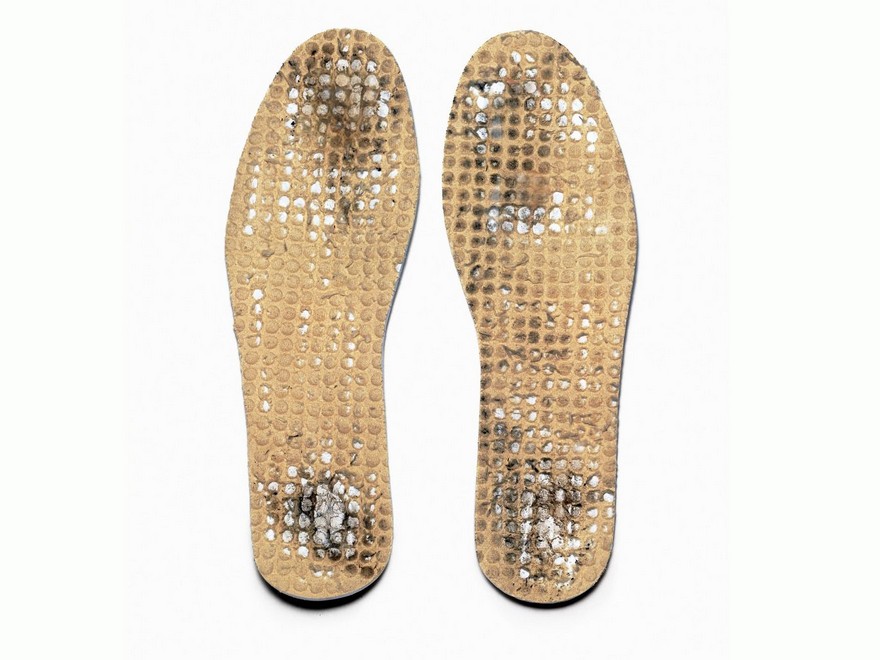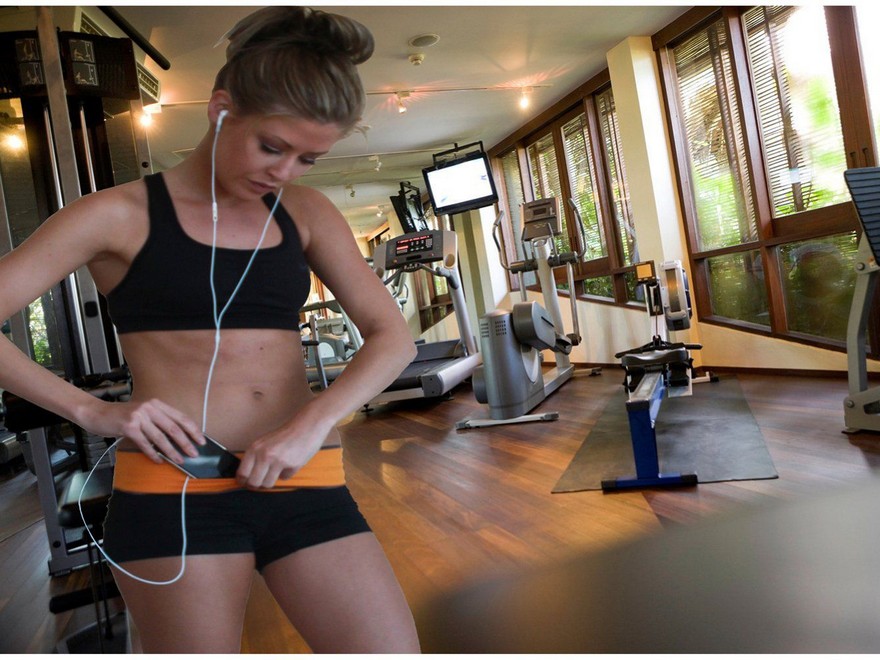Foot Issues From Unhealthy Inserts

It’s common to develop new aches, pains, and foot issues whenever you get a brand new pair of insoles. Even in case you are changing your favourite arch help with one of many identical mannequin, you possibly can really feel some odd pains. The identical is true if you happen to purchased magnetic or acupressure insoles in hopes of getting extra advantages. It could actually take some detective work to find out whether or not it’s the footwear or the insoles which are at fault.
You could expertise these sorts of issues whenever you change insoles:
- Ankle ache: The perimeters of your ankles can start to harm whenever you stroll. This may increasingly really feel like shin splints, however on the skin or inside of every ankle. Shin splints harm on the entrance of the shins and prolong right down to the ankle or up so far as the knee.
- Arch ache: In case your insoles are producing discomfort or ache in your arch, they might be offering an excessive amount of or too little arch help.
- Blisters: You could out of the blue develop tender sizzling spots or blisters in your toes, heels, or balls of your foot. The tops of your toes could change into tender, particularly on the base of every toenail.
These issues may resolve themselves in a number of days. However you shouldn't allow them to go on for any size of time.
Don't take a brand new pair of insoles out for a long term or put on them for an all-day strolling tour. Once you first get them, put on them for quarter-hour, then change again to your previous footwear. Construct up this time step by step, including 5 or 10 minutes per session. This provides your muscle tissues and ligaments time to regulate.
Decide the Supply of Foot Issues
It's greatest to solely change both your footwear or your insoles, not each directly. In any other case, it may be laborious to determine which is producing new aches and pains. To research whether or not footwear or insoles are inflicting issues, begin by going again to your previous footwear and insoles. In case your signs fade, it’s a good likelihood that the brand new footwear or insoles are at fault.
Shoe Issues
Even if you happen to purchased the identical mannequin you already had, there may be variations in manufacturing that make the brand new pair much less acceptable for you. The design could have modified since whenever you final purchased them, or they might be coming from a unique manufacturing unit. Lastly, you could possibly simply be noting the variation from pair to pair.
Should you've worn the insoles with a brand new pair of footwear, examine the put on sample on the only real and evaluate it together with your in your previous pair of footwear. Any adjustments to your gait, which is able to mirror within the put on sample, might be as a result of both the footwear themselves or to the insoles.
To see which can be extra at fault, put on your new footwear together with your previous insoles (or no insoles) and see if the issues persist. You can too strive the brand new insoles in your previous footwear and see which signs you expertise.
Arch Help Issues
Should you switched to a thicker arch help or one which runs the complete size of the shoe, it could be too thick and too excessive. This might switch your weight to the outsides of your ft, which might lead to ankle ache.
The surface of your toes can rub in your footwear due to the excessive arch padding. This may result in tenderness, sizzling spots, and blisters. Insoles which are too thick can pressure your toes up in opposition to the highest of the shoe, leading to ache to the nail beds and even contributing to black toenails.
Take Motion
Don't undergo, considering you’ll break your new insoles in. Insoles ought to really feel nice from the primary carrying, or they aren’t for you. Should you’re having any issues with new insoles, it's greatest to cease carrying them. Aches and pains can result in an harm and blisters can result in a pores and skin an infection.
To scale back bills, purchase footwear and insoles from retailers with a beneficiant return coverage. In any case, it may be cheaper, in the long term, to soak up the loss fairly than incur a medical invoice.




